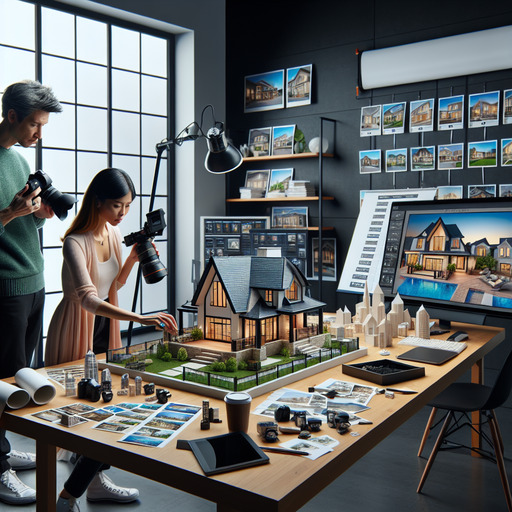
-
Table of Contents
- Mastering Real Estate Photography: Tips, Techniques, and Tools
- Understanding the Importance of Real Estate Photography
- Essential Real Estate Photography Tips
- 1. Mastering Lighting
- 2. Choosing the Right Equipment
- 3. Perfecting Composition
- Real Estate Photography Editing Techniques
- Pricing Your Real Estate Photography Services
- Conclusion
- Questions and Answers
- Q1: What is the best time of day for real estate photography?
- Q2: How can I make small rooms appear larger in photos?
- Q3: What are the benefits of using drone photography in real estate?
Mastering Real Estate Photography: Tips, Techniques, and Tools
In the competitive world of real estate, first impressions are everything. High-quality real estate photography can make or break a property listing, influencing potential buyers’ decisions before they even step foot inside. This guide will explore essential tips, techniques, and tools to elevate your real estate photography game, ensuring your listings stand out in a crowded market.
Understanding the Importance of Real Estate Photography
Real estate photography is more than just snapping pictures of a property. It’s about capturing the essence and potential of a space, enticing buyers to envision themselves living there. According to the National Association of Realtors, 87% of home buyers found photos to be the most useful feature of online listings. This statistic underscores the critical role photography plays in real estate marketing.
Essential Real Estate Photography Tips
1. Mastering Lighting
Lighting is crucial in real estate photography. Natural light is your best friend, so schedule shoots during the day when the property is well-lit. Use additional lighting equipment to fill in shadows and highlight key features.
- Use a tripod to stabilize your camera and avoid blurry images.
- Experiment with different angles to find the best lighting for each room.
- Consider using HDR (High Dynamic Range) techniques to balance light and dark areas.
2. Choosing the Right Equipment
Investing in quality real estate photography equipment can significantly impact your results. A DSLR camera with a wide-angle lens is ideal for capturing spacious interiors.
- Consider a lens with a focal length of 10-24mm for wide shots.
- Use a remote shutter release to minimize camera shake.
- Invest in a drone for aerial shots to showcase the property’s surroundings.
3. Perfecting Composition
Composition is key to creating visually appealing real estate photos. Use the rule of thirds to balance your images and draw attention to important features.
- Keep lines straight to avoid distorted images.
- Highlight unique architectural details or features.
- Stage rooms with minimal clutter to create a clean, inviting look.
Real Estate Photography Editing Techniques
Editing is an essential step in real estate photography, allowing you to enhance images and correct any imperfections. Use software like Adobe Lightroom or Photoshop to adjust brightness, contrast, and color balance.
- Remove any unwanted objects or distractions from the image.
- Enhance colors to make the property look more inviting.
- Use perspective correction tools to straighten lines and angles.
Pricing Your Real Estate Photography Services
Determining real estate photography pricing can be challenging. Consider factors such as the size of the property, the number of images required, and any additional services like drone photography or virtual tours.
- Research competitors’ pricing to ensure your rates are competitive.
- Offer package deals for multiple properties or services.
- Clearly communicate your pricing structure to clients to avoid misunderstandings.
Conclusion
Real estate photography is a powerful tool in the property market, capable of transforming listings and attracting potential buyers. By mastering lighting, composition, and editing techniques, and investing in the right equipment, you can create stunning images that showcase properties in their best light.
For more insights into real estate photography, check out this Wikipedia page on real estate photography.
Questions and Answers
Q1: What is the best time of day for real estate photography?
A1: The best time for real estate photography is during the day when natural light is abundant. Early morning or late afternoon provides soft, diffused lighting that enhances the property’s features.
Q2: How can I make small rooms appear larger in photos?
A2: Use a wide-angle lens to capture more of the room in a single shot. Position the camera at a corner and shoot towards the opposite corner to create a sense of depth and space.
Q3: What are the benefits of using drone photography in real estate?
A3: Drone photography offers unique aerial perspectives, showcasing the property’s surroundings and landscape. It can highlight features like large yards, nearby amenities, and scenic views, adding value to the listing.
If you’re interested in learning more about our real estate photography services or have any questions, please contact us.